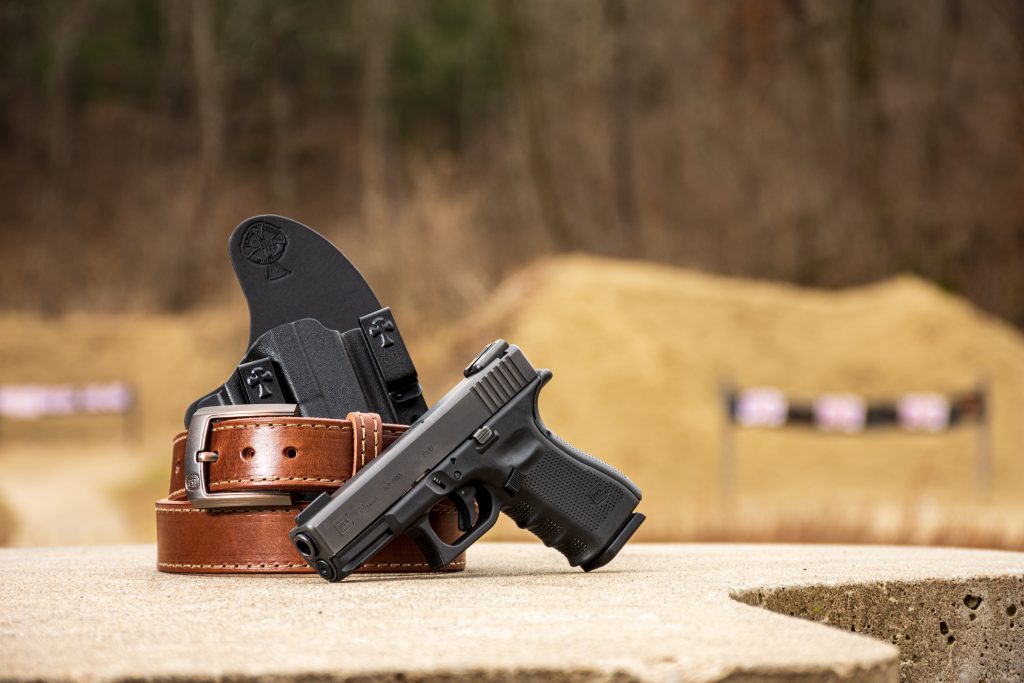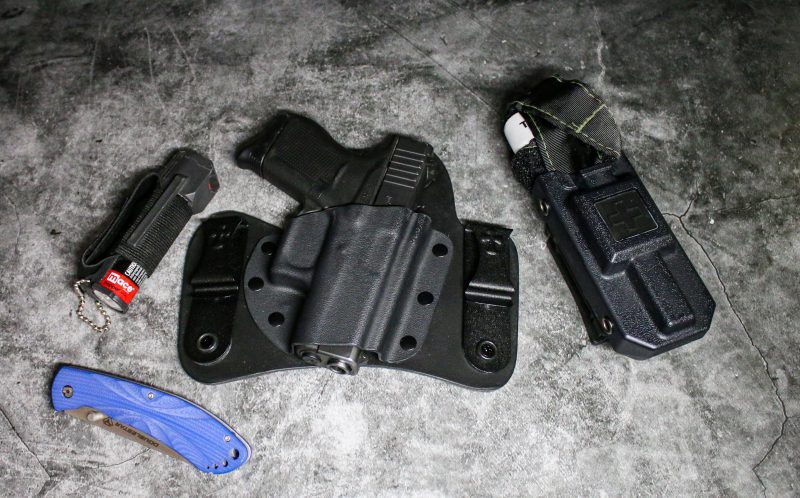
Glock offers two great concealed options that serve double duty in competition.
![]()
![]()
You’ve probably heard of the Glock 43 and 19, but do you know what all these two handguns can be used for? Glocks are known for their reliability, which makes them great carry guns but also solid competition pistols.
The History of the Glock 43 and 19
The Glock 43 was a big innovation for Glock as it was the first single-stack 9mm compact pistol they brought to market after the 42 chambered in .380 ACP. This smaller pistol was a win for concealed carry not just for its size in the most popular caliber, but also because of the renowned reliability of Glock pistols.
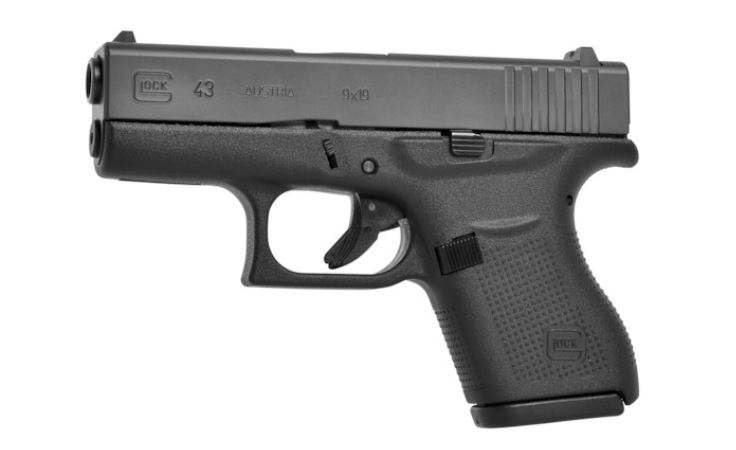
The Glock 19 was released in 1988 and is one of the most popular pistols ever made. If you’re familiar with the history of Glock, the larger capacity and larger frame 17 model was the first model released to the market. The Glock 17 is a double stack 9mm pistol with a capacity of 17+1 rounds. The 19 was designed to have a shorter slide, a slightly shorter grip, and slimmer width than the 17. While the 19 decreased ammunition capacity by 2 rounds, it was quickly adopted by Law Enforcement for its concealable size, handling, and larger ammo capacity than most semi-automatic pistols on the market then.
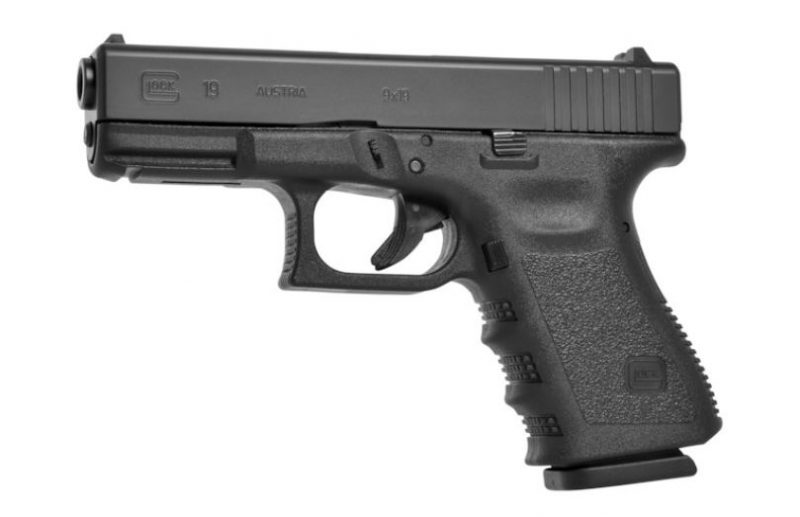
When it comes to choosing a compact or a full-size pistol for concealed carry, the Glock 43 and 19 are the go-to guns many choose to protect themselves with. Not only are these pistols used for self-defense, but also in competitions. While competitions can’t prepare you for a real-life incident, many competitions can help improve aim, accuracy, teach shooting on the move, and see how you react under pressure. So if you have either one of these pistols, you can go from concealed carry to competition easily with your concealed carry holster and belt, extra magazines, and magazine pouches.
Glocks Used for Concealed Carry
Glock became a household name pretty quickly. Movies helped make Glocks popular on the big screen. Ultimately, the reliability of the Glock 43 and 19 and the price point are what set them apart from other polymer pistols. The 43 model was Glock’s first single stack 9mm concealed carry pistol. This pistol was designed with women in mind, for people with smaller hands, and for warmer seasons when it gets harder to carry concealed. The Glock 19 has a small enough footprint to make it a popular concealed carry pistol, but the real value is its higher capacity than the 43. The Glock 19 requires a bigger holster and sturdier belt to manage the weight, but even then, it’s a light concealed carry pistol.
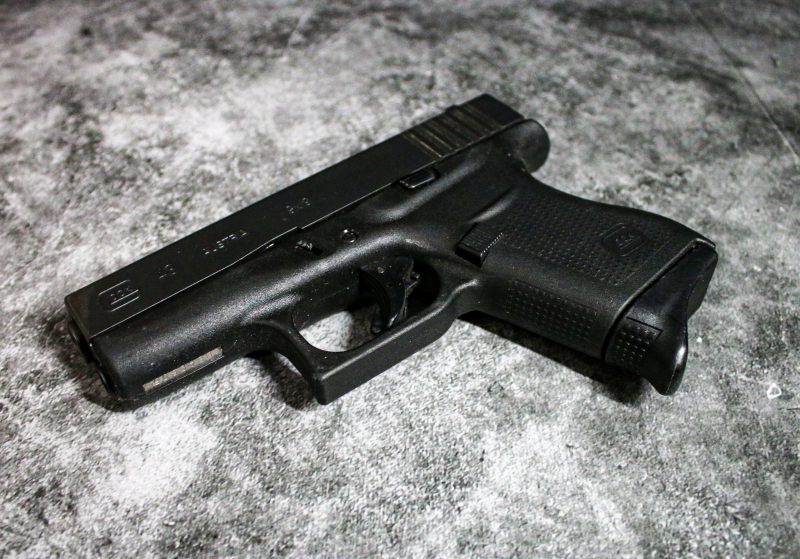
The narrower 43 is more concealable than the 19, decreasing the chances of it printing underneath a cover garment. This offers many more versatile options than its 19 big brother. However, with a smaller capacity, potential firepower is reduced.
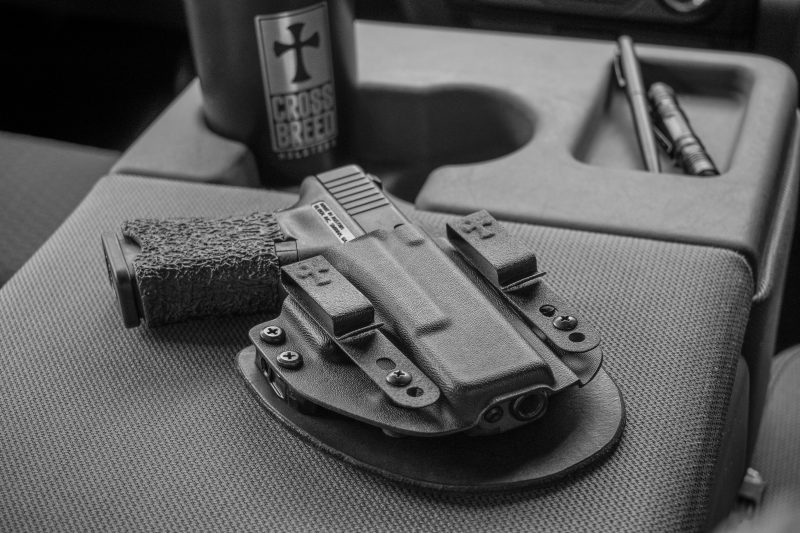
The 19, on the other hand, has more rounds but is harder to conceal because the double-stack mag widens the grip a bit. Most people can deal with the slightly thicker frame. It just takes a little more wardrobe planning to accommodate the slight extra girth. But you do get the added security of more rounds.
Glocks Used in Competitions
The Glock 19 is a great entry-level pistol to get you started in many different shooting disciplines. The United States Practical Shooting Association (USPSA) recognizes the Glock 19 as an acceptable production division pistol which is the easiest division to start in as a new shooter. With modifications and upgrades to the pistol, Glock 19’s have been used in the Limited divisions, Carry Optics division, and could realistically compete in Open as well.
The Steel Challenge Shooting Association (SCSA) has similar rules to USPSA for divisions and both the Glock 43 and 19 could be used. There is no moving and shooting in SCSA but is a test of accuracy and speed. Targets are only steel with one target identified as the stop plate to stop your time on a string.
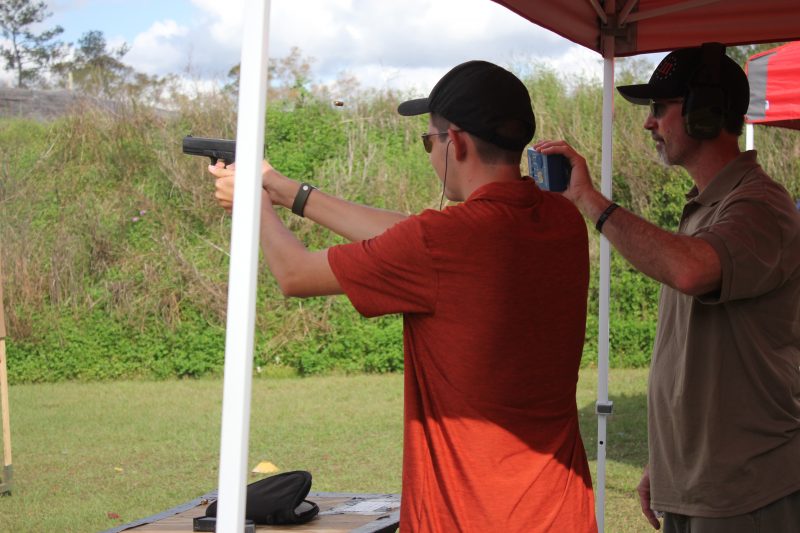
Glock also puts on their own competitions across the country disciplined by the Glock Sport Shooting Foundation (GSSF). The Glock 19 can be used in Amateur civilian or guardian divisions, amateur or master competition divisions, and the Master Stock division. The Glock 43 can be used in the pocket Glock division for amateurs or masters.
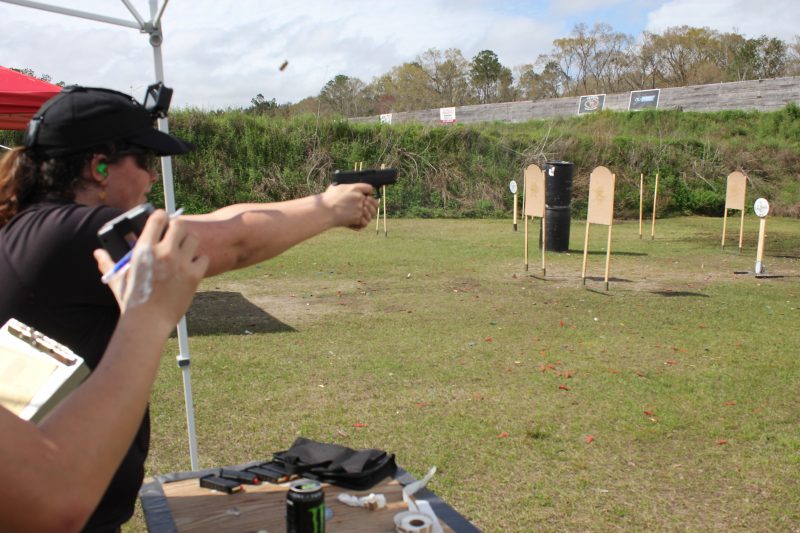
The International Defensive Pistol Association (IDPA) was designed for people to shoot the competition with their carry pistols and concealed carry garments. Targets focus on body and headshots and are shot in the order of threat. Reloading takes place behind concealment or cover to teach shooters how to prepare for a defensive scenario. Both the Glock 43 and 19 can be used in IDPA divisions. The Compact Carry Pistol division allows for 8 rounds of capacity. The Glock 43 can be used in this division with magazine extension base pads. The Glock 19 can be used in the Stock Service Pistol or Enhanced Service Pistol divisions.
How to Go From Concealed Carry to Competition
You don’t need a fancy belt set up or a ton of gear to get started in any of these competitions. Some of them don’t require a holstered start and for those that do, your concealed carry holster, belt, and spare magazines in magazine pouches are all you need. Shooting your concealed carry gun and gear in competitions will not only improve your accuracy under pressure but will also test out your gear to ensure it’s reliable in a self-defense situation.
ABOUT THE AUTHOR

Kenzie Fitzpatrick is a professional competitive shooter and an active blogger for many firearm websites. As an NRA-certified instructor and National Range Officer Institute Chief Range Officer, Kenzie trains new shooters on basic firearm safety, brings new shooters to competitive shooting, and works major matches across the country. She has a passion for teaching people how to concealed carry and is a positive ambassador for the Second Amendment.
![]() You may also enjoy these popular articles:
You may also enjoy these popular articles:
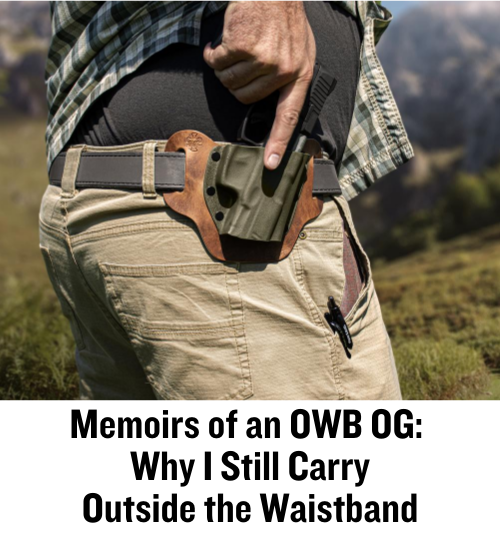

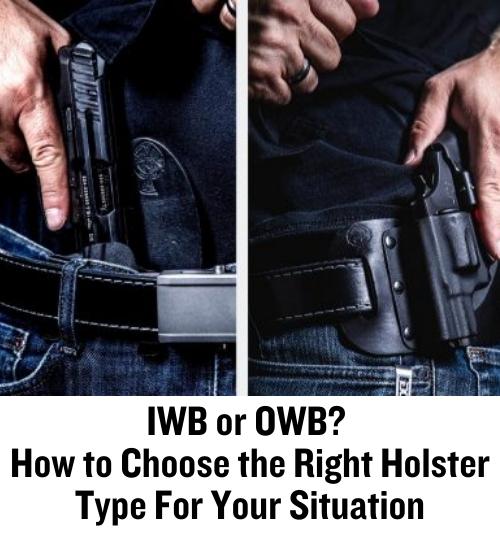

©MTC Holsters, LLC and CrossBreed Holsters Blog, 2021.
Unauthorized use and/or duplication of this material without express and written permission from this site’s author and/or owner is strictly prohibited. Excerpts and links may be used, provided that full and clear credit is given to David Workman and the CrossBreed Blog with appropriate and specific direction to the original content.
![]()

